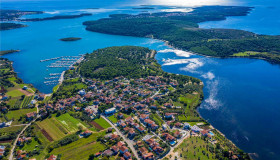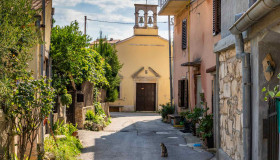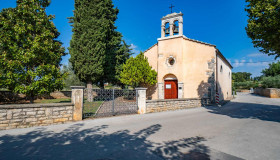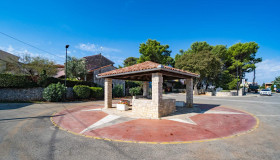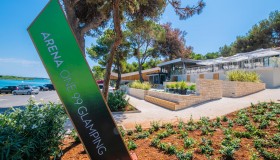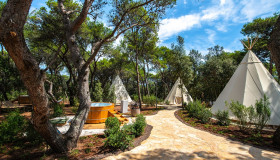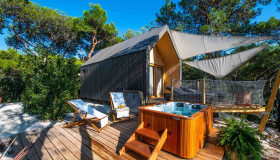
Pomer
The sea is undoubtedly the main attraction in this corner of paradise. Its blue color hides the richness of flavors and aromas that it has so generously provided for thousands of years. The beauty of this bay and its benefits were noticed even by the ancient Romans, who named it Pomoerium and built their luxurious spas, villas, and port here.
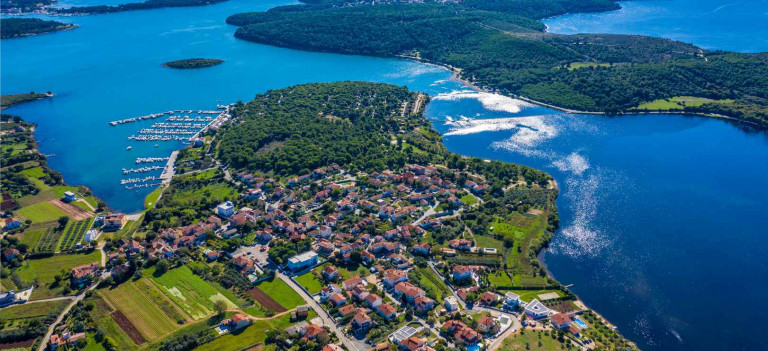
This old fishing village welcomes modern nomads who want to relive the old Mediterranean with its customs and beauty. Even today, delicious mussels are grown here, prepared according to old recipes, and seasoned with freshly picked herbs. Fish that has all the scents of the clean sea, served with golden olive oil and with wine evokes all the richness of nature. Because of its attractiveness, many sailors are always happy to return to the Pomer marina. For those with a true sporting spirit, Pomer offers various sports - windsurfing, volleyball, cycling, and many others. With friendly hosts, great food and wine, a gentle breeze and peace disturbed only by waves, Pomer is a place that is truly worth visiting and staying at.
HISTORY
In prehistoric times, there was a fortified settlement near Pomer, whose inhabitants built huts on the site of today's Pomer. The origins of Pomer go back to the period of Roman rule and the powerful Roman Aranum family. They named it Pomoerium and built luxurious baths, an aqueduct, villas, and facilities for the production of oil, wine, and products from the earth. After the fall of Rome, during the reign of Byzantium in the 6th century, a large early Christian basilica was built on the site of the Roman villa. According to some records, several stone sarcophagi were found here. A Benedictine abbey was built in the 12th century and was abandoned in the 14th century. At that time, this place was called Fontanelle di S. Giovanni (Fountain of St. John) because of the drinking water that is still found on the shore. In 1149, Pomer fell under Venetian rule, under which it remained until the end of the 18th century. Wars and diseases greatly reduced the number of inhabitants, and in the late 16th century the population moved here, first from Bologna, and then from the Balkans. At the beginning of the 19th century, Pomer was briefly ruled by French power, which was soon replaced by Austria-Hungary, under whose rule Pomer prospered. After the First World War, it fell under the rule of Italy, which lasted until the arrival of the Germans in the Second World War. The end of the war marked the liberation of Pomeranian and its annexation to the former Yugoslavia, and finally, in 1991, Pomeranian became part of Croatia.
RECOMMENDATIONS
The parish church of the Visitation of Mary - from the 14th century, with a bronze crucifix from the 15th century and a statue of Our Lady from the 16th century, and a picture of the Visitation of Elizabeth from the 17th century.
Church of St. Flora - a Romanesque building with frescoes from the 15th century
Church of St. Foške - an ancient baroque altar, a Gothic statue, and two bell towers from the 15th and 16th centuries.
Church of St. Ivana - a Byzantine building with a valuable floor mosaic
The locality of St. Andrije - remains of Roman and early Christian graves
Ancient spas - remains of ancient luxury spas, villas, and docks
